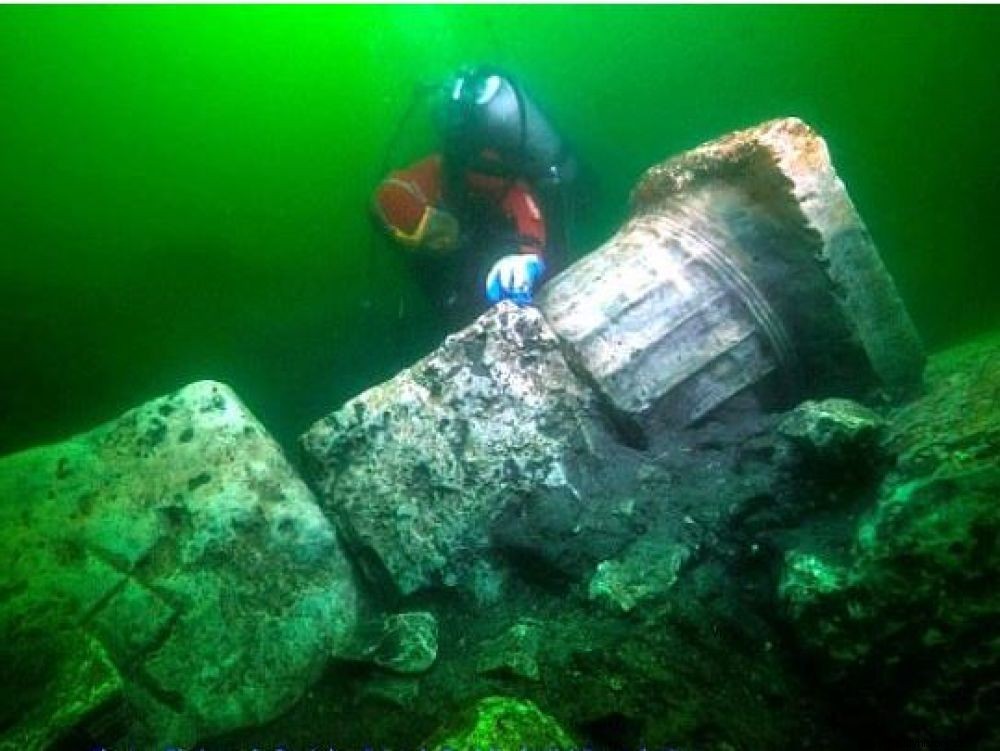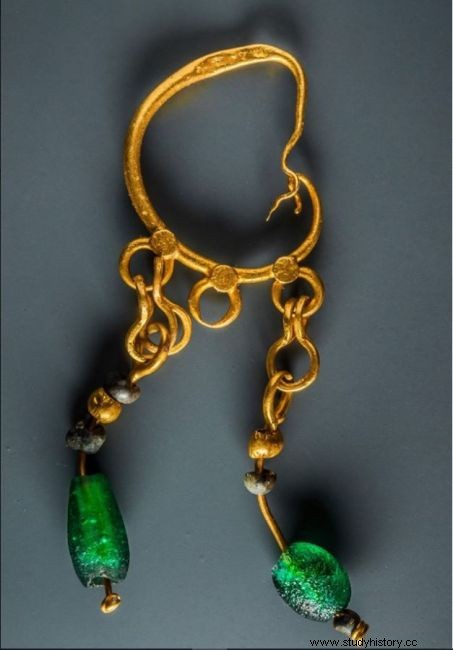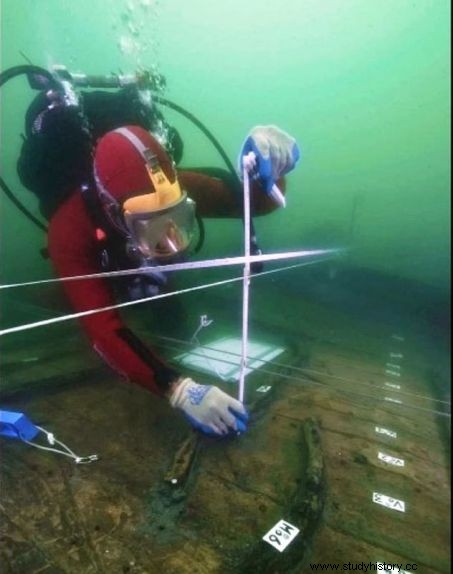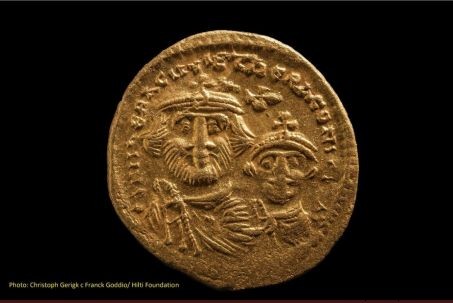Sunken about 1,200 years ago, the cities of Heracleion and Canopus, in Egypt, were forgotten for centuries. Spotted in the 2000s by archaeologists, they continue to reveal fascinating remains. In recent weeks, a temple dating back to the Ptolemaic era (4th-3rd BC) has been revealed.

Discovery of the columns of a temple in the submerged city of Heracleion, in the bay of Aboukir, in Egypt.
In the silty waters of Aboukir Bay lay the lost temple. But in this month of July 2019, divers under the leadership of the famous French explorer Franck Goddio, of the European Institute of Underwater Archeology (IEASM), were able to spot the drums of its columns, dating back to the 4th-3rd century. Before our era. A magnificent discovery, in addition to several jewels as well as precious bronze coins dating from Ptolemy II (283-246 BC), finds celebrated by the Minister of Egyptian Antiquities, Khaled El-Anany, who made the announcement on July 24 2019. It is indeed a real Atlantis that lies there, on the site of the ancient ports of Heracleion (also known as Thônis) and Canopus, two cities destroyed by earthquakes and ravaged by successive tsunamis, which ended up gradually sinking under water from the 2nd century BC. Their final abandonment, which dates back to the 8th century AD, seems to be linked to a massive earthquake in 749.

One of the ancient jewels discovered in July 2019 in Aboukir Bay (Egypt). Credits:Ministry of Egyptian Antiquities/Christophe Gerick/Franck Goddio/Hilti Foundation/
It should be remembered that, for nearly fifteen years, at the request of the Egyptian authorities, underwater archaeologists have been carrying out a meticulous mapping of the bay of Aboukir. Electromagnetic prospecting, side-scan sonars (delivering acoustic images of the seabed)… the sunken remains end up revealing their secrets. From 2001, monumental statues and ancient wrecks were able, as we remember, to be brought up from the depths of the bay (read Sciences et Avenir n° 823 ).

Survey of an ancient wreck in Aboukir Bay (Egypt). Credits:Ministry of Egyptian Antiquities / Christoph Gerigk / Franck Goddio / Hilti Foundation
Located at the entrance to the Nile delta, born in the 7th century BC, Thônis-Héracleion was the main trading port of ancient Egypt, with its imposing sanctuaries and monuments, criss-crossed by labyrinthine canals. Known only by texts, its existence as well as that of Canope had been proven by Franck Goddio at the end of the 1990s, when he was looking in the waters of the famous battle of Aboukir, for 18th century ships of the fleet lost of Napoleon! For nearly two decades, the explorer has been engaged campaign after campaign, in a quest for the limits of these cities, each time expanding their real expansion. And thus disclosing new treasures.

Bronze coin dating from the reign of Ptolemy II (283-246 BC). Credits:Ministry of Egyptian Antiquities / Christoph Gerigk / Franck Goddio / Hilti Foundation
Until the founding of the prestigious city of Alexandria (332 BC), Thonis-Herakleion was the most important port in Egypt. Placed at the entrance of the western branch of the Nile, - the so-called canopic -, where ships from the Mediterranean arrived, it was the obligatory passage for Greek and Cretan traders, who came to stock up on Egyptian wheat. Egypt then under the domination of the Ptolemies (323-30 BC), a line of pharaohs of Macedonian origin, served as a breadbasket.
